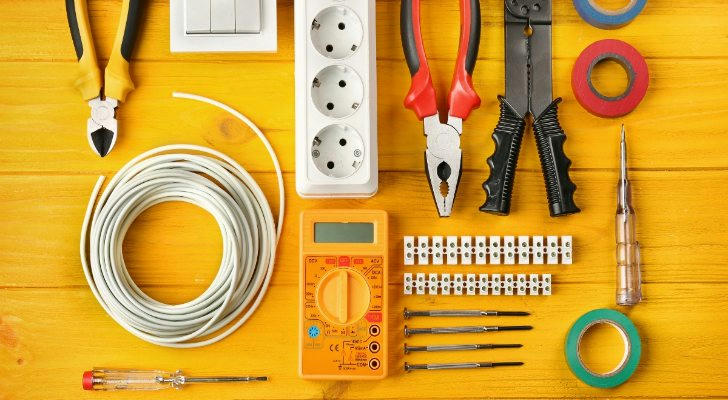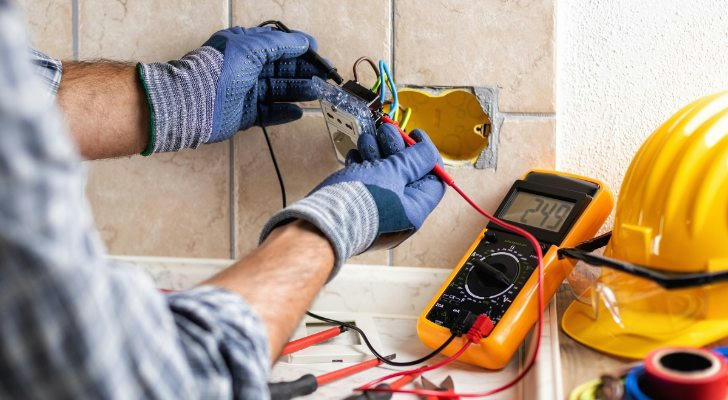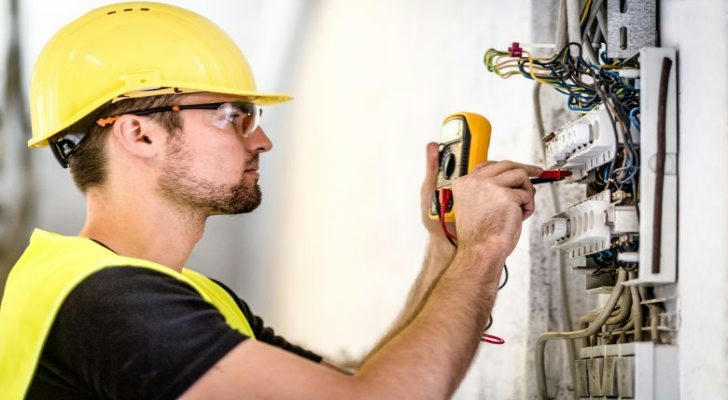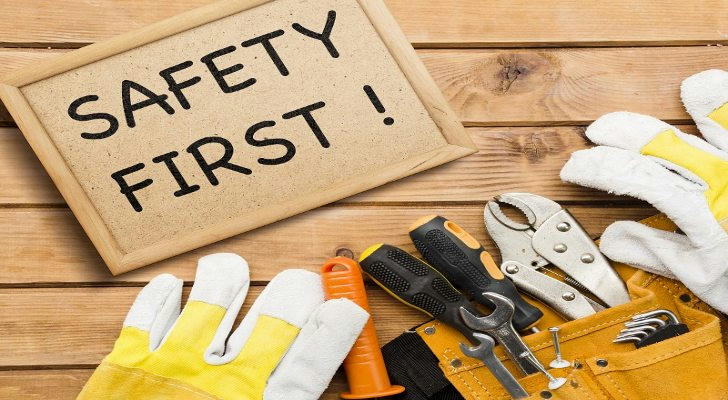Revealing the Tools That Make Electrical Installations Safer and More Efficient
In the United States, more than 51,000 home electrical fires occur each year, causing over 500 deaths and $1.3 billion in property damage, according to the National Fire Protection Association (NFPA). Many of these tragedies could be prevented with proper installations, updated practices, and — perhaps most overlooked — the right tools.

Whether you're a licensed electrician or a seasoned DIY homeowner, using advanced and safety-focused equipment doesn’t just make your job easier — it can save lives. In this article, we pull back the curtain on the modern tools that make electrical installations across the U.S. safer, faster, and smarter than ever before.
1. Voltage Testers and Multimeters: Your First Line of Defense
In the U.S., the standard household voltage is 120V, which may sound low, but it's still enough to cause injury or even fatal shock. That’s why non-contact voltage testers and digital multimeters are essential.
These devices allow you to detect live wires and measure current without physically touching them. Many American electricians rely on trusted brands like Fluke and Klein Tools, known for reliability and compliance with UL (Underwriters Laboratories) safety standards.
💡 Did You Know?
Fluke’s T5-600 multimeter can measure voltage, current, and continuity in one compact device — a staple in many electricians’ tool bags.
2. Insulated Tools: OSHA-Approved Protection
The Occupational Safety and Health Administration (OSHA) requires that all hand tools used near energized parts be insulated and rated appropriately. U.S.-made insulated tools often carry a 1,000V rating and comply with ASTM F1505 standards.
From Milwaukee to Wiha, insulated pliers, screwdrivers, and wire cutters are not just preferences — they’re legal and safety requirements on most job sites.
Pro Tip: Always check for a double triangle symbol (IEC 60900) on the handle — it verifies that the tool is certified for live work.
3. Cable Pulling Tools: Labor-Savers for Large Jobs

If you’ve ever tried pulling NM-B (Romex) or THHN wire through a stud wall or conduit, you know how frustrating it can be. Tools like fish tapes, cable pullers, and rod sets can cut job time significantly and reduce injury risk.
According to a 2023 survey by EC&M Magazine, 68% of U.S. electricians said that cable-pulling tools helped reduce install times by up to 30%, especially in large commercial builds.
Look for brands like Greenlee and Southwire, which offer cordless, battery-powered pullers perfect for large-scale or high-tension installations.
4. Circuit Tracers: No More Guesswork
In older U.S. homes, especially those built before the 1970s, circuit labeling is often inaccurate or nonexistent. Enter circuit tracers — high-tech tools that allow electricians to locate wires behind walls, identify breakers, and trace circuits with precision.
These devices reduce the need for invasive work, saving time and preserving property. Many electricians swear by the Ideal SureTrace tracer, which provides precise tracking even in noisy or crowded panels.
Real Use Case: A New Jersey contractor located mislabeled circuits in a 100-year-old brownstone in under 20 minutes — work that would have taken hours using manual methods.
5. Labeling Machines: A Professional Touch

Accurate wire labeling isn’t just about looking good — it’s required by the National Electrical Code (NEC) for certain applications. It also helps future electricians (or your future self) make quick sense of complex systems.
Tools like the Brady BMP21 or Dymo Rhino 5200 are widely used in the U.S. for printing durable, code-compliant labels.
Fact Check: According to a 2022 survey by Electrical Contractor Magazine, 74% of electricians said proper labeling significantly reduced troubleshooting time.
6. Personal Protective Equipment (PPE): Don’t Skip It
In the U.S., NFPA 70E outlines strict safety requirements for arc flash protection. That means hard hats, voltage-rated gloves, safety glasses, arc-rated clothing, and even face shields are non-negotiable.
Sadly, a 2021 Bureau of Labor Statistics report revealed that over 20% of electrical injuries happened when PPE was either not worn or was inadequate.
Pro Insight: Top American PPE brands like Salisbury by Honeywell and NSA provide flame-resistant gear that meets rigorous ANSI and ASTM standards.
Bonus: Smart Tools for a Smart World
As American homes get smarter, so do the tools electricians use. Bluetooth-enabled voltage meters, Wi-Fi smart breaker panels, and mobile-connected inspection cameras are quickly becoming the norm.
For example, Flir's thermal cameras, used with smartphones, help detect overheating wires before they become hazards — especially useful during routine inspections or when wiring EV chargers and solar panels, both of which are booming in U.S. markets.
Conclusion: Safer, Smarter Installations Start with the Right Tools

The United States has some of the strictest electrical safety standards in the world — and for good reason. With electricity playing such a central role in our lives, taking shortcuts isn't just unprofessional — it can be deadly.
By investing in modern, code-compliant tools, electricians and DIYers alike not only work more efficiently but dramatically improve job site safety. Whether you’re rewiring a 1920s Craftsman or installing solar panels on a brand-new home, the right tools can mean the difference between a smooth job and a shocking surprise.
So the next time you reach for your toolkit, ask yourself: am I working smarter, and safer?
